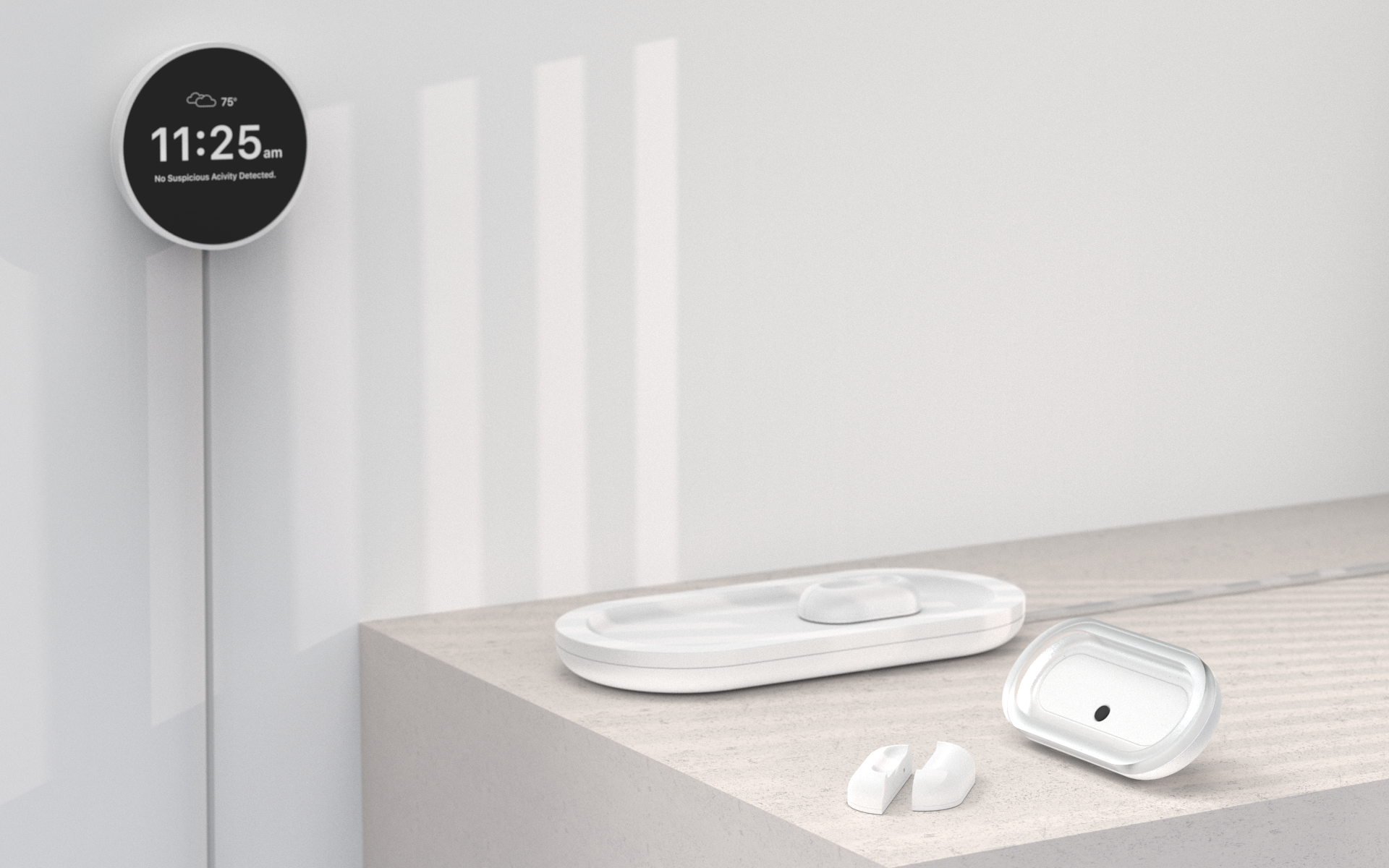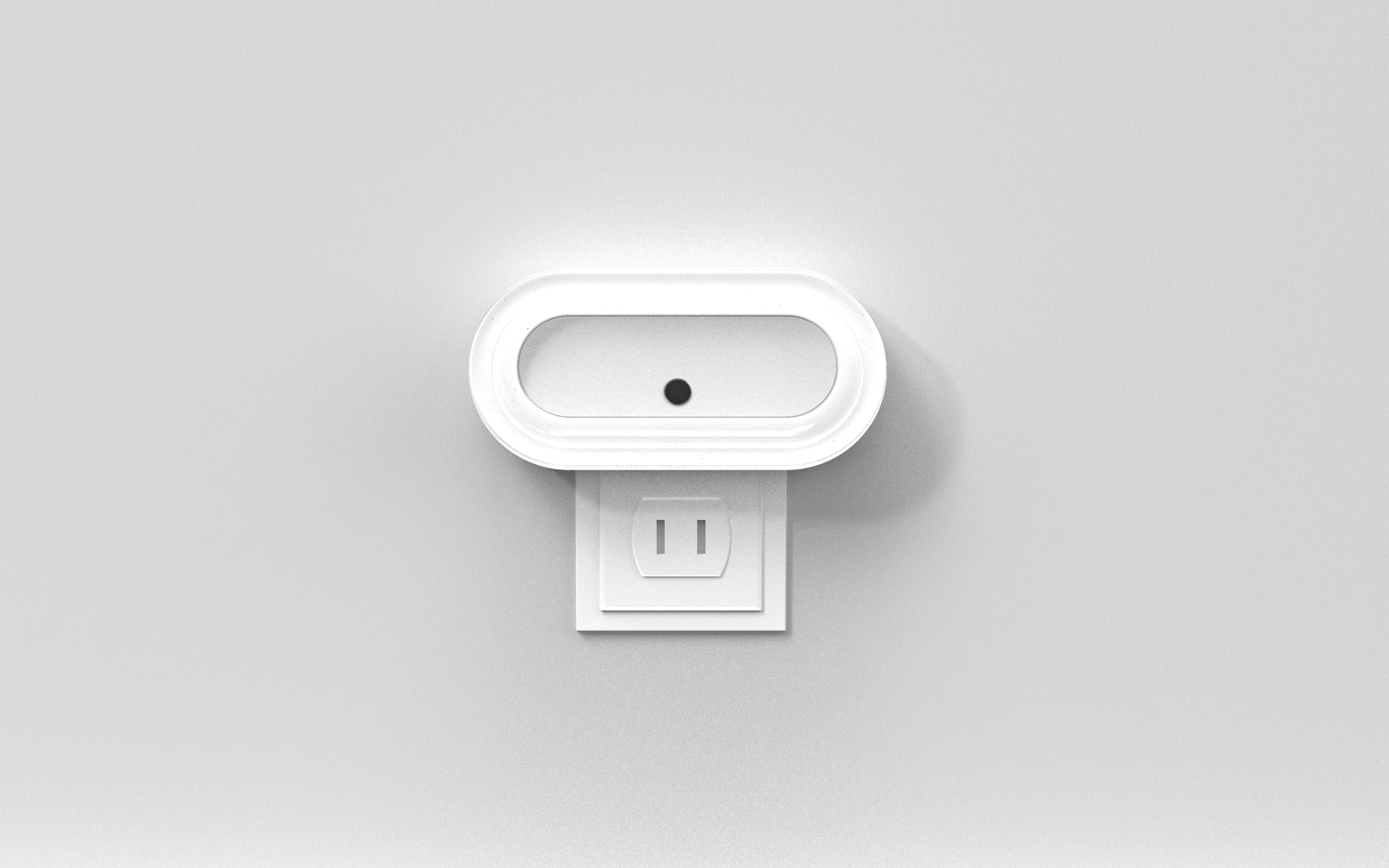
SAM3 Assisted Living

SAM3: Integrated Sensor System for Assisted Living
TIMELINE:
3 Weeks
PROJECT TYPE:
2nd Year Studio Project, Revisited
This project was completed in collaboration with Bruyere Research Institute and the SAM3 (Sensor and Analytics for Monitoring Mobility and Memory) Project. Interview upon project completion available here.
THE PROBLEM:
Over the past few years, the Bruyere Institute has been working on creating solutions to allow persons with dementia (PWD) to receive care in the comfort of their home. To ensure their safety and confidence in their caregivers (CG), a series of non-intrusive supportive devices need to be designed so that they could easily be integrated into a PWD’s home.

THE SOLUTION:
An IoT system with 3 products (a door sensor, hallway motion sensor, and smart clock) that tracks the activity of the PWD with a focus on night-time wandering and elopement. The products are accompanied by a mobile application to notify the CG of any dangerous activity.
Research and problem exploration
To start, we were divided into teams of 4 where we worked together to explore problems within the same home environment and living scenario. We were to then design our own individual products to solve a problem within that scenario. To understand the scenario better and to be able to plan, we created a scaled model of the home and marked walking paths for each problem. I decided to take on designing for elopement concerns (visualized path in yellow dots).

In the provided living room situation, there are 3 paths of exit; front door, garage door, and deck. Looking at possible walking paths, as well as obstacles preventing exit (such as doors, locks) I began brainstorming on different sensors and systems.

concept development and ideation
After exploring possible exit paths, as well as different exiting scenarios, I decided to design a system that included 3 different products: a door sensor, motion sensor/ hallway light, and a smart clock. These three products would work together as shown in the user flow diagram to notify the CG of the PWD’s activities.
Door sensors
The door sensor is a two-piece sensor, with one half places on the door frame, and the other half placed on the door itself, directly above the first piece. The door sensor is meant to detect opening and closing of doors, as well as motion indicating entrance or exit through doors.

Hallway motion sensor light
The motion sensor, also acting as a hallway light, is meant to be plugged in within hallways to detect motion and wandering throughout the night. Using the plug as a continuous power source, the nightlight would provide information about last detected movements of the PWD to the CG to monitor wandering at night-time.

smart clock
The smart clock is meant to be a 2-piece preventative and informative product, with one clock placed in the PWD’s room, and the other placed in the CG’s room. The clock in the PWD’s room is meant to be placed near the door, and display the time to unobtrusively guide the PWD back to bed during the night. The clock in the CG’s room is meant to display any detected activity.


final concepts
smart wall clock




Hallway light and motion sensor




door sensor




induction charger/ device hub
The main purpose of the charger is to charge the door sensors without the need of changing batteries. The charger also acts as a syncing dock for the devices to ensure information is moving seamlessly across devices and providing accurate information to the CG mobile app.

user interface design
In order to help the CG more comprehensively understand the activity of the PWD, a mobile app interface was also designed to analyze and deliver data to the CG. See details here.
